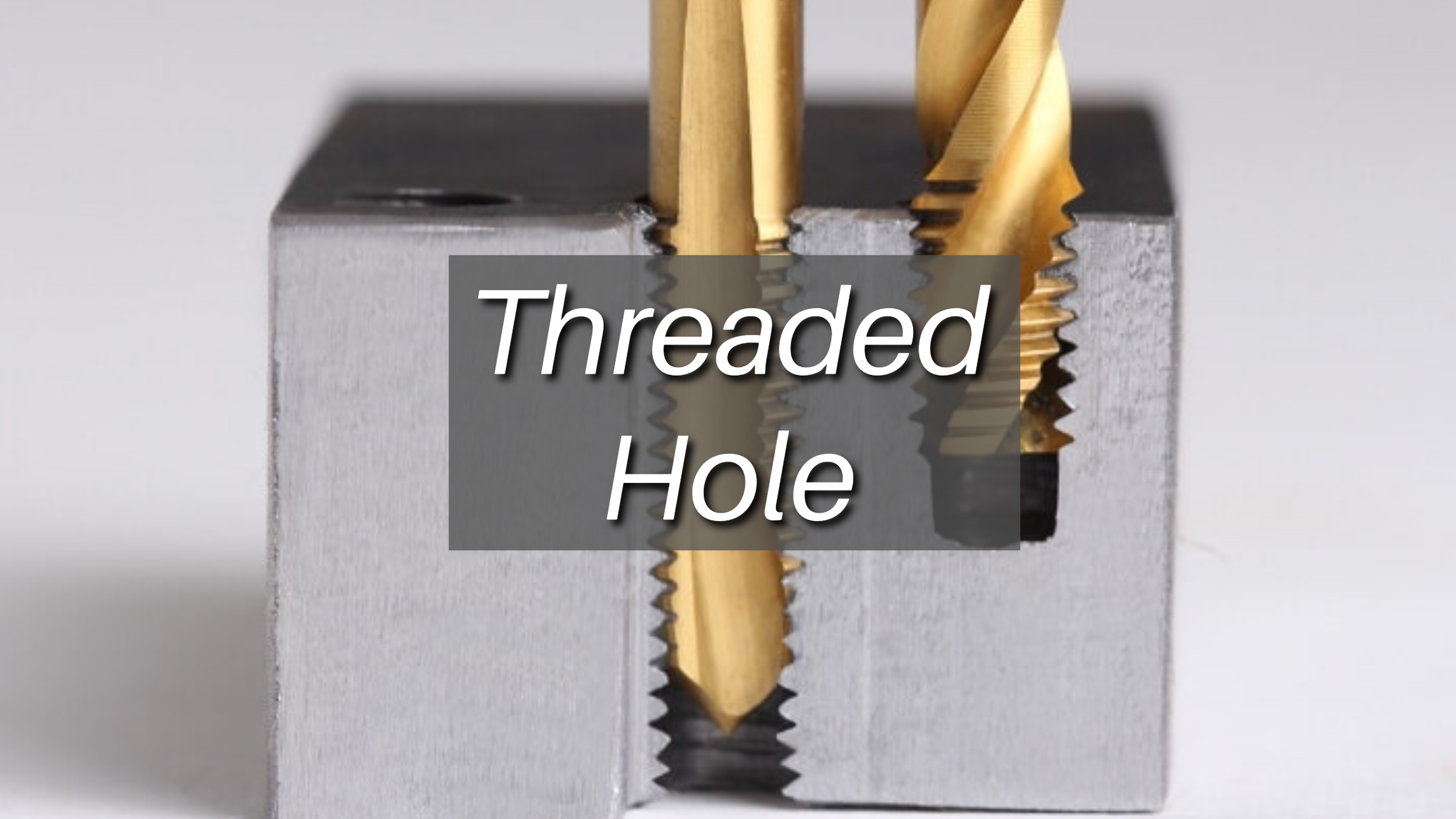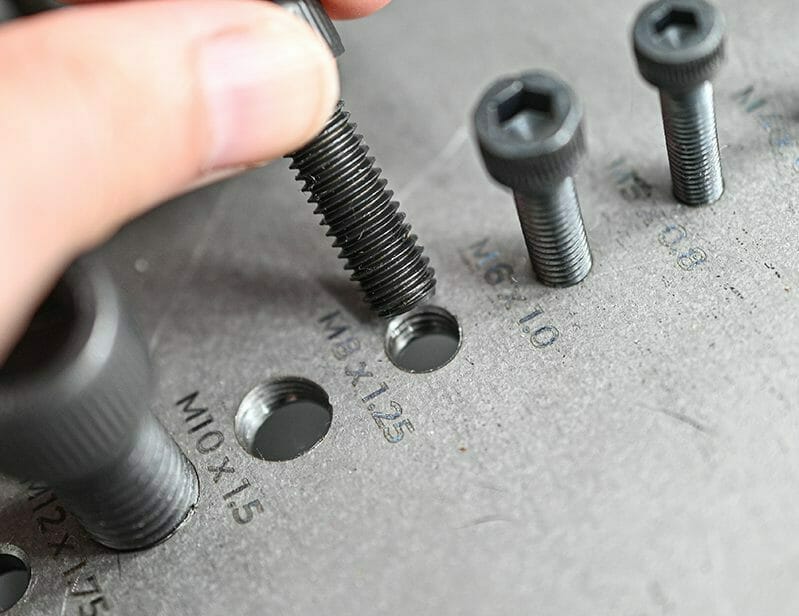Creating strong joints is a critical aspect of many industries, including construction, engineering, and manufacturing. One way to create strong joints is by using tapped and threaded holes. Tapped holes are holes that have been drilled and then threaded using a tap, while threaded holes are holes that have been drilled and then threaded using a die or a thread-cutting tool. In this article, we will explore how to create strong joints using tapped and threaded holes.
Understanding Tapped and Threaded Holes
To create strong joints, it is essential to understand the difference between tapped and threaded holes. Tapped holes are typically used in materials such as wood, plastic, and metal, and are created using a tap. The tap cuts threads into the material, allowing a screw or bolt to be inserted and secured. Threaded holes, on the other hand, are typically used in materials such as metal and plastic, and are created using a die or a thread-cutting tool. The die or thread-cutting tool cuts threads into the material, allowing a screw or bolt to be inserted and secured.

Creating Strong Joints with Tapped Holes
Tapped holes are a popular choice for creating strong joints in many industries. To create a strong joint using a tapped hole, the hole must be drilled and tapped correctly. The tap must be aligned with the hole, and the threads must be cut carefully to ensure that they are even and consistent. Once the hole is tapped, a screw or bolt can be inserted and secured, creating a strong joint.
Creating Strong Joints with Threaded Holes
Threaded holes are also a popular choice for creating strong joints in many industries. To create a strong joint using a threaded hole, the hole must be drilled and threaded correctly. The die or thread-cutting tool must be aligned with the hole, and the threads must be cut carefully to ensure that they are even and consistent. Once the hole is threaded, a screw or bolt can be inserted and secured, creating a strong joint.
Key Factors in Creating Strong Joints
There are several key factors to consider when creating strong joints using tapped and threaded hole. One of the most critical factors is the material being used. Different materials have different properties, and the type of material being used will affect the strength of the joint. Another critical factor is the size of the hole and the screw or bolt being used. The hole must be the correct size for the screw or bolt, and the screw or bolt must be the correct size for the hole.
Common Applications
Tapped and threaded holes are used in a wide range of applications, including construction, engineering, and manufacturing. They are used to create strong joints in materials such as wood, metal, and plastic, and are a critical component of many products. For example, tapped holes are used in the construction industry to attach roof trusses to walls, while threaded holes are used in the automotive industry to attach engine mounts to a chassis.

Advantages of Tapped and Threaded Holes
Tapped and threaded holes have several advantages, including their ability to create strong joints, their versatility, and their ease of use. They can be used in a wide range of materials, and can be created using a variety of tools and machines. Additionally, tapped and threaded holes are relatively inexpensive to create, making them a cost-effective solution for many industries.
Conclusion
In conclusion, creating strong joints is a critical aspect of many industries, and tapped and threaded holes are a popular choice for creating these joints. By understanding the difference between tapped and threaded holes, and by following the key factors outlined in this article, individuals can create strong joints that are reliable and consistent. Whether you are working in construction, engineering, or manufacturing, tapped and threaded holes are an essential tool in your toolkit.